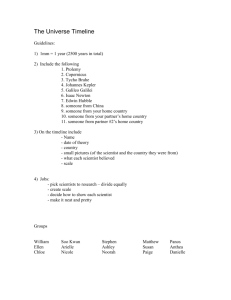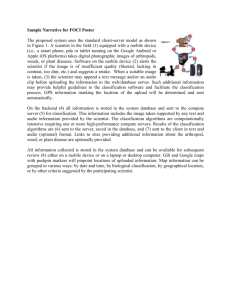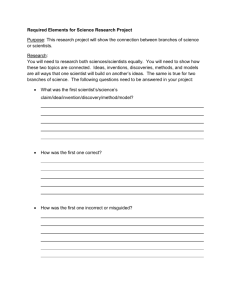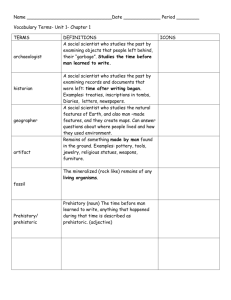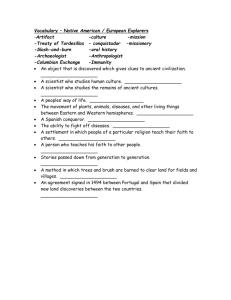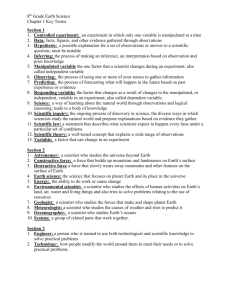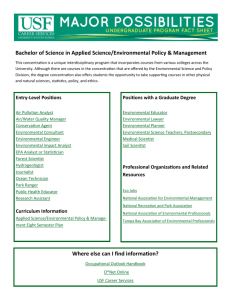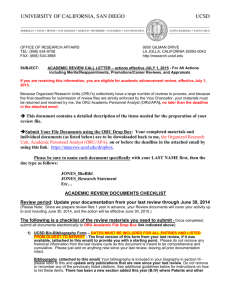Atomic Theory Timeline
advertisement
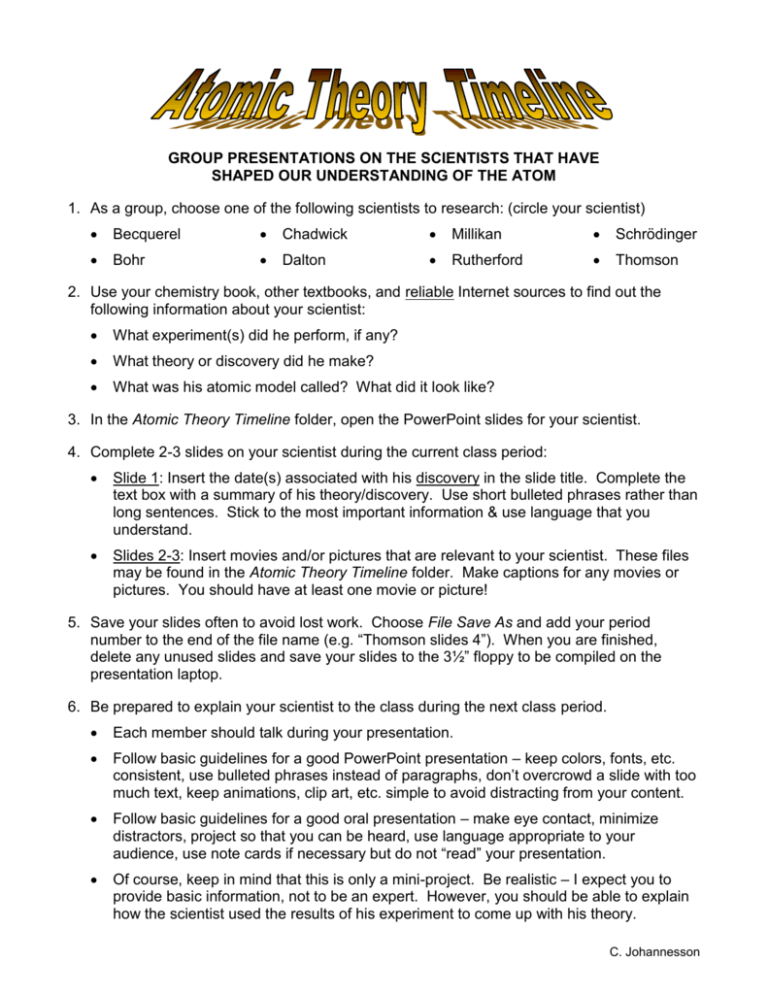
GROUP PRESENTATIONS ON THE SCIENTISTS THAT HAVE SHAPED OUR UNDERSTANDING OF THE ATOM 1. As a group, choose one of the following scientists to research: (circle your scientist) Becquerel Chadwick Millikan Schrödinger Bohr Dalton Rutherford Thomson 2. Use your chemistry book, other textbooks, and reliable Internet sources to find out the following information about your scientist: What experiment(s) did he perform, if any? What theory or discovery did he make? What was his atomic model called? What did it look like? 3. In the Atomic Theory Timeline folder, open the PowerPoint slides for your scientist. 4. Complete 2-3 slides on your scientist during the current class period: Slide 1: Insert the date(s) associated with his discovery in the slide title. Complete the text box with a summary of his theory/discovery. Use short bulleted phrases rather than long sentences. Stick to the most important information & use language that you understand. Slides 2-3: Insert movies and/or pictures that are relevant to your scientist. These files may be found in the Atomic Theory Timeline folder. Make captions for any movies or pictures. You should have at least one movie or picture! 5. Save your slides often to avoid lost work. Choose File Save As and add your period number to the end of the file name (e.g. “Thomson slides 4”). When you are finished, delete any unused slides and save your slides to the 3½” floppy to be compiled on the presentation laptop. 6. Be prepared to explain your scientist to the class during the next class period. Each member should talk during your presentation. Follow basic guidelines for a good PowerPoint presentation – keep colors, fonts, etc. consistent, use bulleted phrases instead of paragraphs, don’t overcrowd a slide with too much text, keep animations, clip art, etc. simple to avoid distracting from your content. Follow basic guidelines for a good oral presentation – make eye contact, minimize distractors, project so that you can be heard, use language appropriate to your audience, use note cards if necessary but do not “read” your presentation. Of course, keep in mind that this is only a mini-project. Be realistic – I expect you to provide basic information, not to be an expert. However, you should be able to explain how the scientist used the results of his experiment to come up with his theory. C. Johannesson

